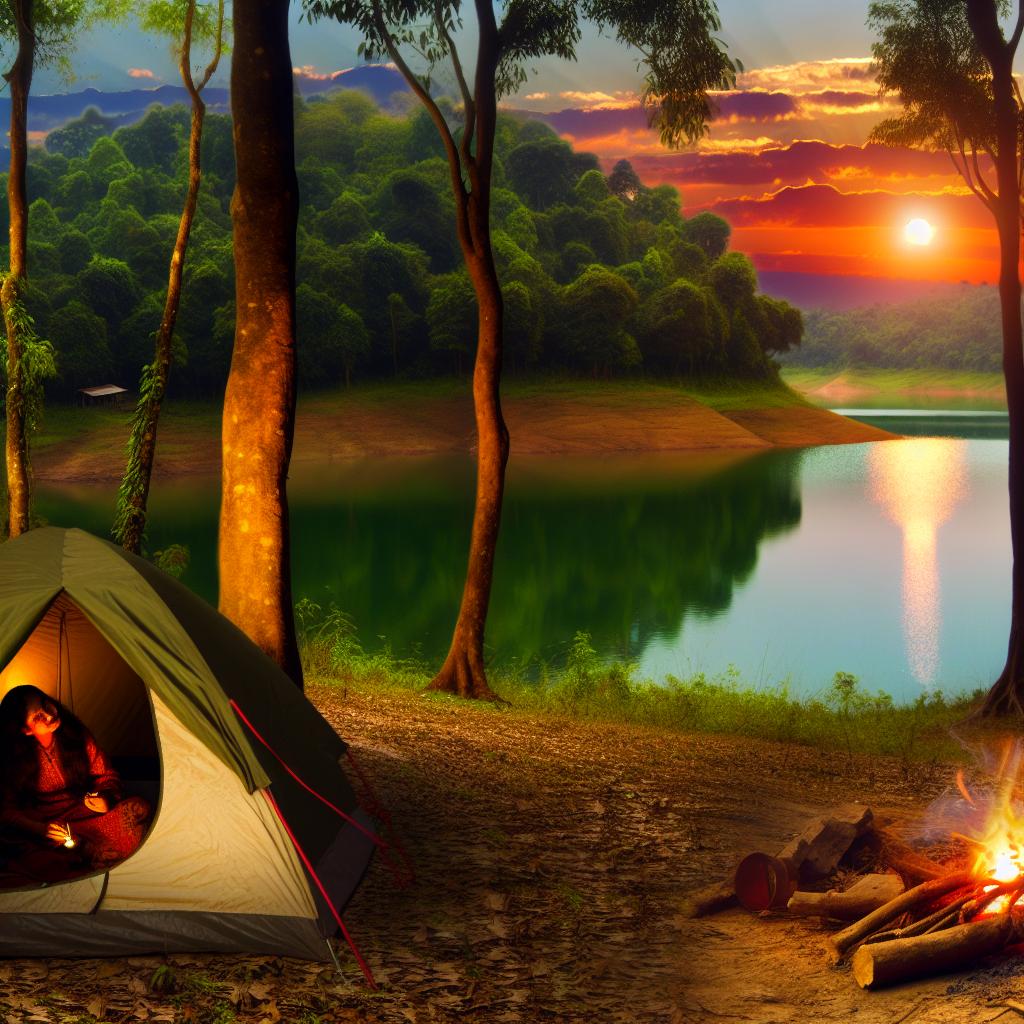Introduction to Wild Camping Near Remote Lakes
Wild camping near remote lakes offers a unique opportunity to deeply connect with nature, far removed from the frenetic pace of urban life. These serene settings not only provide breathtaking landscapes but also the solitude necessary for a complete mental reset. When one chooses to venture into these less-traveled paths, it becomes essential to understand the nuances of wild camping. The experience calls for an awareness of local regulations, safety measures, and environmental stewardship to ensure that these pristine areas remain unharmed.
Understanding Local Regulations
Prior to embarking on a wild camping adventure, gaining a comprehensive understanding of the regulations governing your chosen area is crucial. Each region can have distinct rules pertaining to where and how camping is allowed, primarily aimed at preserving the natural order and preventing unnecessary damage to the environment. Leveraging resources such as official park websites and local government information channels becomes indispensable in this research phase.
Permission and Permits
In numerous areas, securing a permit is an essential step before setting out on a wild camping excursion. This requirement aids in managing the influx of campers, thereby protecting delicate ecosystems from the adverse effects of overcrowding. Prospective campers should diligently check for permit requirements and undertake the application process as outlined by the local authorities. For more details on wilderness permits, especially within the United States, seeking guidance from agencies like the National Park Service is advisable.
Choosing a Suitable Campsite
Selecting a campsite near a remote lake involves thoughtful consideration to balance safety and ecological sustainability.
Distance from Water Sources
To protect the integrity of water sources and respect the wildlife that depends on them, it’s recommended to establish campsites at a minimum distance of 200 feet from lakes and streams. This buffer helps prevent water contamination and reduces disruption to local fauna. Additionally, this practice mitigates the effects of erosion and soil compaction inherent to areas immediately adjacent to water bodies.
Environmental Considerations
Utilizing existing campsites whenever possible helps limit the spread of environmental impact across wilderness areas. When existing sites are not accessible, choosing durable surfaces—such as rock, gravel, or dry grass—ensures they can withstand repeated use without enduring significant damage. This strategy aligns with the efforts to leave landscapes as undisturbed as possible.
Safety Precautions
Engaging in wild camping, especially in secluded locations, demands strict adherence to safety protocols to safeguard oneself and the environment.
Weather Preparedness
Weather can change unexpectedly in remote regions, making it imperative to check forecasts well in advance and to pack gear suitable for diverse conditions. Incorporating layers of clothing, waterproof materials, and a resilient tent into your packing list can prepare you for potential storms or cold nights. Adequate preparation can vastly diminish the risks associated with unexpected weather shifts.
Wildlife Awareness
Being in the realm of wild animals requires an understanding of their behaviors to ensure a safe camping experience. It’s critical to store food in bear-proof containers or hang it properly, maintaining a clean campsite to avoid attracting animals. Moreover, carrying a well-equipped first-aid kit and having knowledge of the local wildlife are prudent measures for personal safety.
Environmental Responsibility
Adhering to the principles of Leave No Trace (LNT) should be central to your camping ethos in these remote settings, ensuring minimal human impact on the environment.
Waste Disposal
One fundamental aspect of environmental responsibility is packing out everything brought in, including all waste items. Human waste requires specific disposal techniques, like burying in a cathole 6-8 inches deep, situated at least 200 feet from any water sources. Some locales might even mandate the removal of all human waste, emphasizing the need for compliance with area-specific waste regulations.
Fire Restrictions
Fire safety is another critical consideration, with restrictions often varying based on the season or prevailing local conditions. Adhering to these restrictions is vital for the preservation of these natural habitats. Where campfires are allowed, utilizing established fire rings, keeping fires minimal, and ensuring complete extinguishment before departing are necessary practices. Opting for a portable stove over open flames for cooking purposes is a more environmentally friendly approach.
Conclusion
The allure of wild camping near remote lakes lies in the promise of solitude and a profound connection with the natural world. This experience, while immensely rewarding, requires a deep commitment to conservation efforts and compliance with established regulations. By engaging in meticulous planning, embracing responsible behaviors, and prioritizing environmental stewardship, campers play a pivotal role in safeguarding these magnificent landscapes for generations to come.
